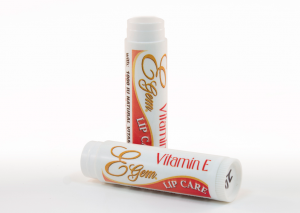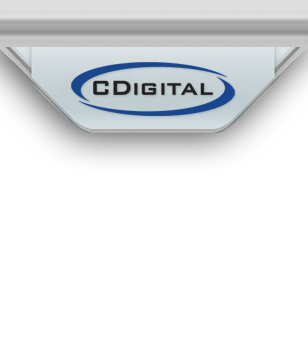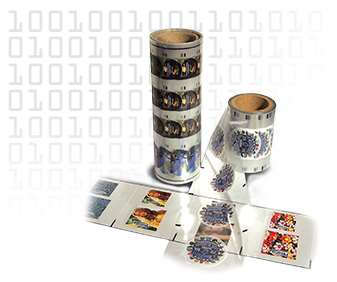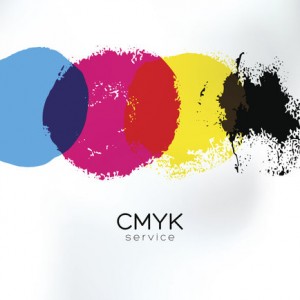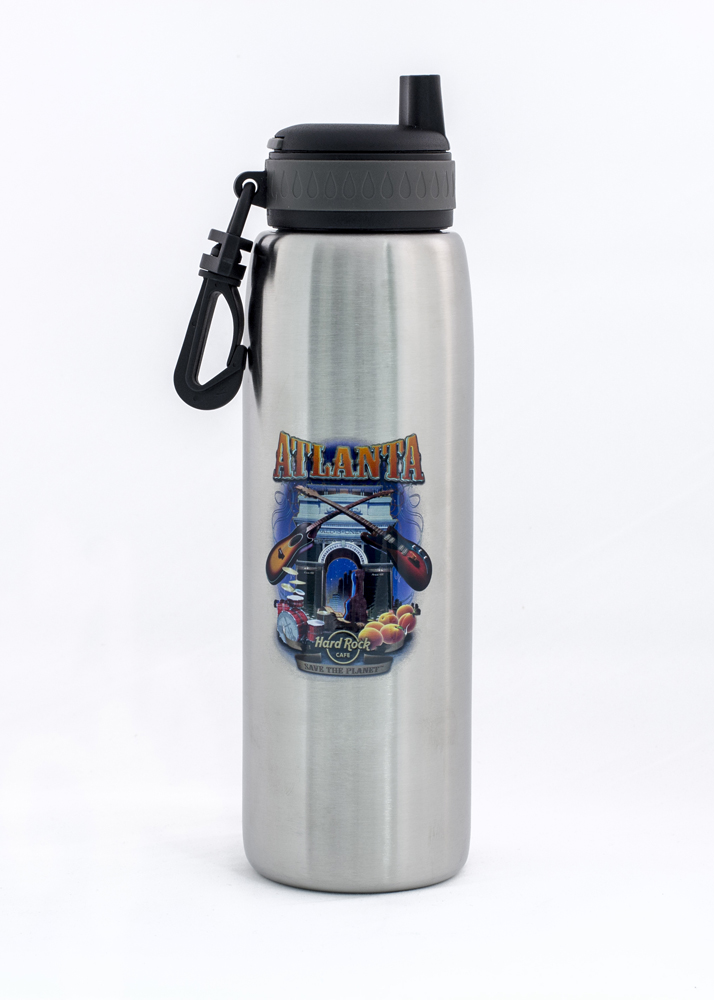
Short runs using traditional print methods are possible, but not very affordable. The digital process, meanwhile, is economical, making short runs possible.
Let’s face it; bigger is not always better and larger runs are not always in your best interest. As Mark Twain once famously said, “It’s not the size of the dog in the fight, it’s the size of the fight in the dog,” which is why product decorators, ad specialty companies, and manufacturers are all after one thing: the illusive affordable short run. It’s like the holy grail of the product decoration industry – the ability to print what you need when you need it and update it as often as you need. Unfortunately, traditional printing methods and short runs do not get along.
The Disadvantaged of Short Run Prints with Traditional Printing Methods
Short runs using traditional printing methods are possible, but they are not very affordable. This is true for several reasons, including:
- Extensive setup time is required for each short run, which means extensive setup fees.
- Traditional printing methods offer little or no variable data capabilities, like barcodes, photos, text, or numbers.
- After each run, traditional printing equipment must be broken down and cleaned.
- Traditional printing methods are not fast and often require long turnaround time even for short runs.
- Because of all of this, most traditional print shops require high minimum orders and short runs are not affordable.
This is why more and more product decorators, ad specialty companies, and manufacturers are turning to digital printing for both long and short runs. The digital process is economical, making short run decorating not only possible, but affordable.
Setup Times
Digital heat transfers can produce multiple artworks in one run with minimal setup and thus minimal setup fees.
“There are none of the traditional set-up requirements or costs,” explains Matt Regan, senior vice president for CDigital.
Variable Data and Low Quantities
Digital heat transfers can be ordered in low quantities. And because digital images are produced using a fully digital process, images are not only capable of producing over 10,000,000 colors, they are also capable of incorporating variable data.
“Any product being decorated with a digital transfer can have variable data included in each image in a run – barcodes, photos, text or numbers – making the ultimate short run of one possible and economical,” said Regan.
Minimal Cleanup and Quick Turnaround
Digital print technology is a dry process, requiring no cleanup and minimal setup between runs, allowing printers to the ability to get small orders out faster.
“Screens, blankets, dies and print stations for each color aren’t needed, so turn times are measured in days (often one), rather than weeks,” said Regan.
All of these benefits apply to large runs as well. Digital printing allows you to keep your project – large or small – on time and within budget.
Digital Heat Transfers from CDigital
Since 2001, CDigital has been an innovator in developing new systems and processes for using digital print technology to produce full color digital heat transfers for the product decoration industry. Because we are both local and fully digital, we can turn jobs around faster and for less money than both overseas printers and local screen or pad printers.
If you have any questions about Short Runs, please contact CDigital by calling 410-646-7800. You can also follow our Facebook, Twitter, Google+, Pintrest, and YouTube accounts for our latest news.
